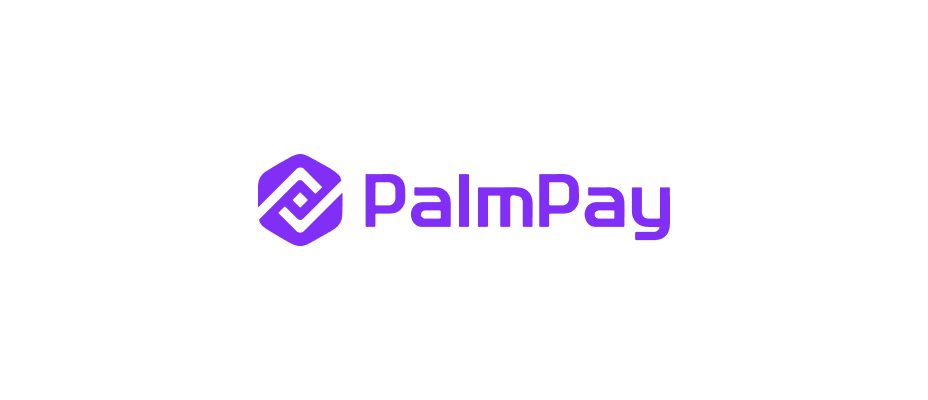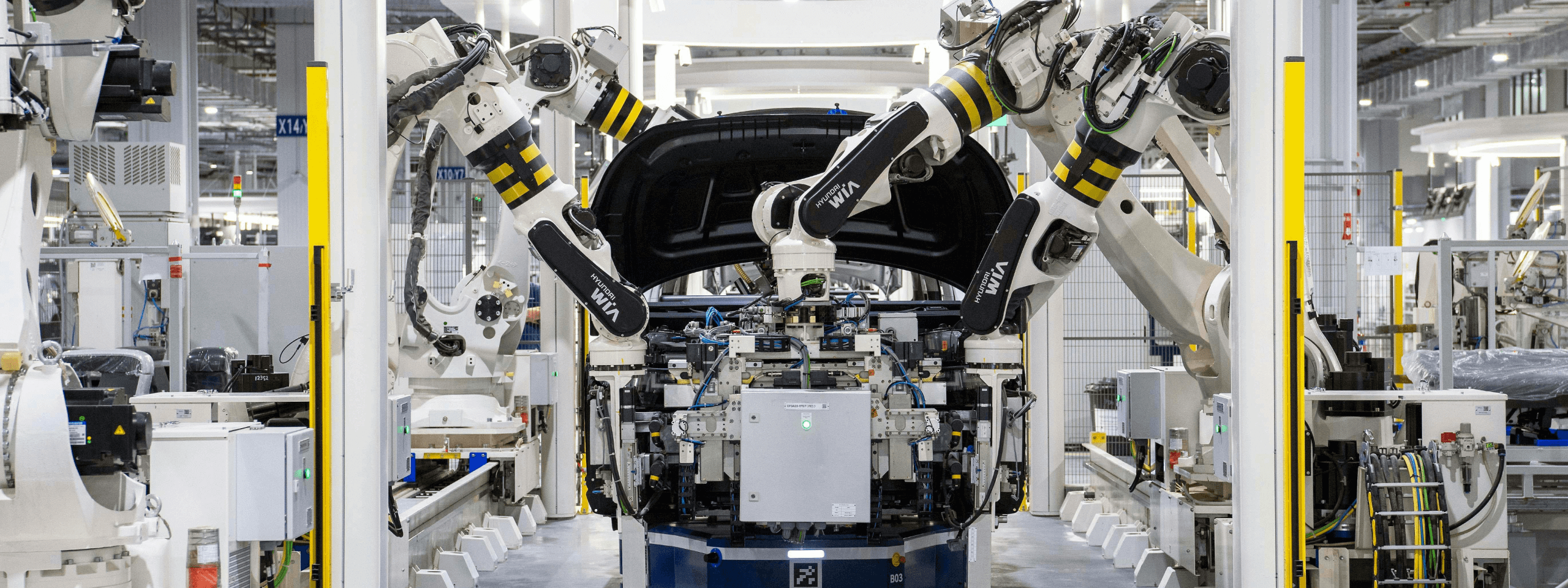
JD.COM
By adopting AutoMQ, which directly relies on the underlying cloud storage CubeFS, the need for additional replication at a higher layer is eliminated. The architecture is expected to save two-thirds of storage costs when fully implemented. AutoMQ's stateless computing layer perfectly meets the requirements for containerization, significantly enhancing system flexibility.

Grab
At the Grab Data Engineering Platform team, we focus on improving the efficiency and scalability of our streaming data platform. By adopting AutoMQ, the platform leverages cloud-native storage and eliminates the need for replication between brokers. This enhances broker performance, reduces storage and network resource usage, and enables us to scale compute and storage resources to meet evolving demands.

BambuLab
BambuLab, a global leader in 3D printing technology, relies on massive data flows for backend log collection and real-time analytics. By switching from Kafka to AutoMQ, BambuLab overcame the challenges of slow scaling and complex operations. With AutoMQ’s seamless multi-cloud capabilities, BambuLab unified its architecture across clouds, boosting efficiency, agility, and innovation in its data infrastructure.

OceanBase
OceanBase, a global leader in database services, leverages AutoMQ for collecting and distributing database binlog change events in CDC scenarios. With AutoMQ’s native multi-cloud support, OceanBase enables users to seamlessly subscribe to binlog events across major cloud platforms such as AWS, GCP, and Azure—empowering flexible, real-time data integration in any cloud environment.


Tencent Music
Tencent Music significantly reduced storage costs and solved critical scaling bottlenecks by replacing Apache Kafka® with AutoMQ. They migrated to AutoMQ, achieving an average cost reduction of over 50%. AutoMQ's excellent rapid scaling ability eliminated Kafka's operational bottlenecks, enhancing agility. The platform now stably supports a 100+ node cluster with peak ingress traffic exceeding 1 GB/s.
FinTech
The customer, a leading digital fintech enterprise in Southeast Asia, has seamlessly migrated from Confluent clusters to AutoMQ, resulting in a 90% reduction in operational costs. After the migration, the customer is able to manage its AutoMQ clusters via Terraform, enabling minute-level elastic scaling and significantly enhancing operational efficiency.

ZHIHU
Asia's Quora, Zhihu (NYSE: ZH), has significantly reduced operational complexity and achieved significant cost savings by using AutoMQ instead of Kafka. Through this strategic implementation, Zhihu has not only streamlined its data operations but also embraced technical innovations that AutoMQ offers over traditional Apache Kafka, ensuring enhanced performance, scalability, and efficiency.
Gaming
As a top game developer and publisher, the customer relied on Kafka to transmit data for critical workflows such as player behavior analytics and real-time risk management. Maintaining numerous Kafka clusters previously resulted in challenges with scaling up during peak traffic and resource wastage during off-peak periods. By migrating to AutoMQ, the customer now benefits from minute-level rapid expansion and automated scaling, leading to substantial cost savings and improved operational efficiency.

Geely Auto
When Geely Auto Group was originally using Apache Kafka, the constraints of its architecture made it difficult to scale the cluster storage. Therefore, the only way to avoid expanding the cluster storage was to reduce the data retention time, which had a certain impact on the business. AutoMQ fully addressed the challenge of Kafka's limited scalability, greatly reducing the complexity of Kafka's scaling operations.
Consumer Electronics
As a leading 3C consumer electronics manufacturer in China, this customer relied heavily on Kafka in Tencent Cloud to transmit application logs and user behavior analytics data. However, Kafka’s tightly coupled storage and compute architecture made it difficult to scale as needed. By adopting AutoMQ, the customer gained on-demand, virtually unlimited storage and the ability to rapidly scale compute resources with Kubernetes—enabling flexible, efficient, and future-proof data infrastructure.


ChaPanda
ChaPanda, a leading tea beverage retailer in China, relied on Kafka for its store operations system but faced performance bottlenecks due to Apache Kafka’s architectural limitations, especially with high-volume partition read/write workloads. By switching to AutoMQ, ChaPanda achieved a tenfold increase in both partition capacity and performance at the same scale.


Palmpay
Within one month, Palmpay seamlessly migrated its business, including metrics tracking and real-time computing, to AutoMQ, processing and distributing billions of messages and events daily. The new solution reduced costs by over 50% compared to the original setup, with no negative impacts.
AI
As a global leader in artificial intelligence, the company leverages AutoMQ to distribute massive real-time data streams during large-scale model training and inference. AutoMQ effectively resolves key pain points that the customer experienced with Apache Kafka, including slow cluster scaling, inefficient resource utilization, and high costs for cross-availability zone data transfer.

Xpeng
With the rapid growth of the business, the architecture of Apache Kafka, which guarantees data persistence through multiple ISR copies, exposed issues related to cost and elasticity. After seamlessly replacing it with Apache Kafka-compatible AutoMQ, overall costs dropped by more than 50%, and it can automatically scale horizontally without manual intervention.

CaoCao
CaoCao Mobility is a leading shared mobility platform in China. The mobility business is strongly influenced by weather and time. Apache Kafka's heavy dependence on local storage makes cluster scaling operations complex and risky, making it difficult to support the mobility business. After switching to AutoMQ, they completely solved the scaling challenges of Kafka.

RedNote
By leveraging a cloud-native architecture and tiered storage, Red Kafka accommodates vast amounts of real-time data. However, the challenge lies in flexible scaling and cost optimization. AutoMQ, with its new architecture based on EBS shared storage and object storage, provides significant improvements in elasticity for scaling. Its storage-computing separation aligns well with current operational requirements based on Kubernetes.

Poizon
Poizon previously relied on Kafka to build its observability platform, requiring a team to spend several days each quarter on scaling operations. Since adopting AutoMQ, data storage has been moved to object storage, making the compute layer stateless and fully compatible with Kafka. This has enabled automatic elastic scaling without manual intervention, significantly reducing cloud resource costs by up to 85%.

360
360 extensively adopted Apache Kafka internally. However, its storage-computing integrated architecture required data migration during scaling, increasing the operational burden. In contrast, AutoMQ uses a storage-computing separation architecture, storing data in object storage and eliminating the need for data migration during cluster scaling.

TokenPocket
TokenPocket, a world-leading crypto wallet, faced the challenge of replaying Kafka messages from years ago. The original Apache Kafka-based solution proved to be costly. By switching to AutoMQ and migrating data storage to object storage, they significantly reduced overall costs.

Great Wall Motor
Great Wall Motor is building a multi-cloud, multi-active architecture across multiple public clouds. The challenge lies in achieving real-time, cross-cloud disaster recovery with message middleware. By choosing AutoMQ, they benefit from its inherent multi-cloud support and Kubernetes compatibility, enabling them to achieve multi-active deployment and traffic orchestration for their multi-cloud applications.













.png)


















.png)













